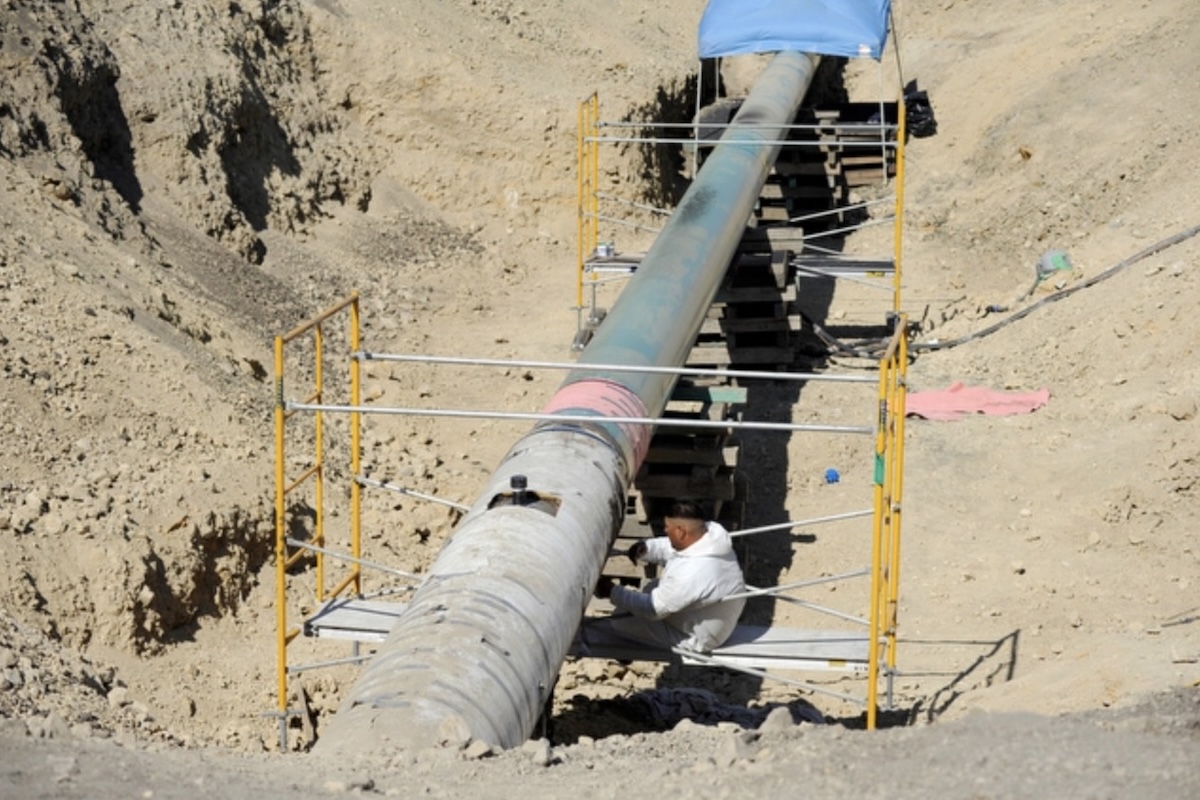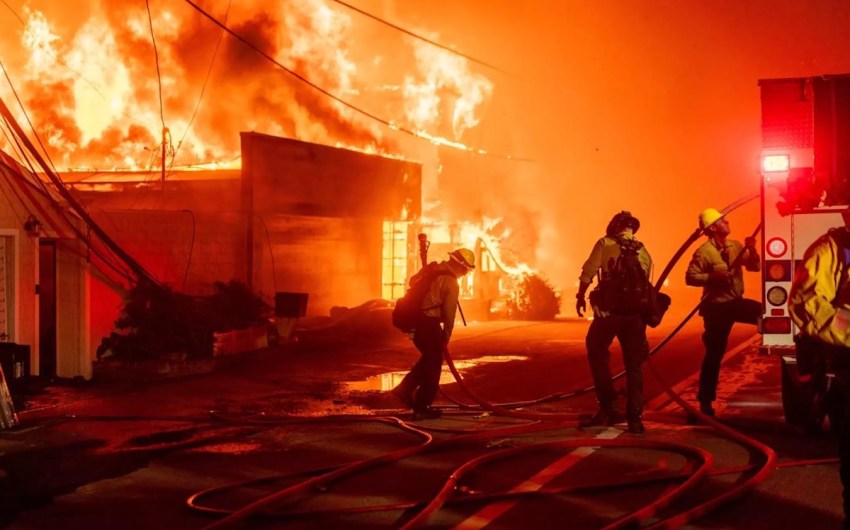Environmental Defense Center Says County Oil Settlement Was Wrong
Sable Still Must Get Approval from California Agencies to Operate Pipeline

This article was underwritten in part by the Mickey Flacks Journalism Fund for Social Justice, a proud, innovative supporter of local news. To make a contribution go to sbcan.org/journalism_fund.
[Update: Thu., Sept. 14, 4:30 p.m.]
Santa Barbara County acknowledged that it does not have jurisdiction over Sable Offshore’s plans to restart oil production from the Santa Ynez Unit, whose corroded pipelines were the culprit of the 2015 Refugio Oil Spill. In addition to the August 30 agreement, Sable has promised to create Santa Barbara–specific surveillance and response teams and provide first responders with oil-spill-specific training.
“If we continued to fight this out in court, [Sable] likely would have sought to recover lost revenue from the pipeline not being in operation,” said Supervisor Steve Lavagnino. “That could amount to millions of dollars the County would be on the hook for.”
This settlement agreement comes after Sable shifted their plans to construct the required automatic shut-off valves on pipelines underground as opposed to above — a change that preempts the county based on a 1988 settlement agreement with the original pipeline builders, Celeron Pipeline Company.
In a September 6 letter to County Planning and Development, Linda Krop with the Environmental Defense Center (EDC) said the county was wrong.
The Celeron Agreement was meant to stop the county from requiring the construction of safety valves on new pipelines in 1988. More specifically, the document outlines the county’s jurisdiction over the construction and operation of interstate pipelines. At the time, Celeron’s Line 901 was classified as such. However, after Line 901 ruptured in the 2015 spill, the pipeline’s classification switched to an intrastate pipeline, and jurisdiction over its restart was passed from federal agencies to the California State Fire Marshal.
Therefore, Krop wrote, the Celeron Agreement simply does not apply.
The county remains firm in its settlement decision. “Whether the pipeline is considered interstate or intrastate, the County does not have permit authority or jurisdiction over the safety valves as currently proposed,” affirmed Kelsey Buttitta, a spokesperson for the county.
Regardless, Krop and supporters are calling on the county to retract their acknowledgment to Sable and hold a public hearing on the matter.
“Too much of this process is happening behind closed doors,” said Brady Bradshaw, a campaigner with the Center for Biological Diversity, during his public comment at the Board of Supervisors meeting on September 10.
While the county appears to be out of the picture for now, multiple other agencies have jurisdiction over Sable’s restart plan. However, Buttitta stated that “the County cannot speak to exactly what steps Sable will need to go through to get the pipeline restarted.”
It’s confirmed that the Office of the State Fire Marshal has the final say over a restart, and will require the automatic shut-off valves to be fully operational before giving their stamp of approval. “Time is based on how fast or slow Sable works to complete all of the requirements,” said Chief Jim Hosler, who oversees pipeline safety for the Fire Marshal. When asked what other agencies have jurisdiction in the matter, Hosler deferred the question to Sable.
Further, the California State Lands Commission is currently processing applications to reassign four leases in state waters from ExxonMobil, the previous owner of the Santa Ynez Unit (SYU), to Sable. State Lands has no timeline in mind for this decision, said Sheri Pemberton, their spokesperson; however, the SYU may restart without these lease assignments.
The California Department of Fish and Wildlife must receive oil spill contingency plans from Sable’s facilities and documents proving they can financially handle a potential oil spill. Sable’s most recent plan was deemed incomplete after it projected the worst-case oil spill to be zero gallons due to the SYU’s current idle state. Fish and Wildlife is requiring Sable to submit an updated contingency plan within the month.
According to Sable’s September 3 SEC filings, it plans to restart the Santa Ynez Unit (SYU) — comprising three offshore oil platforms, an onshore processing facility, and the pipelines in between — by the fourth quarter of this year. Sable has not responded to the Independent’s multiple requests for comment.
Correction: After this story was published, the State Lands Commission clarified that the SYU may restart without the four lease reassignments.








